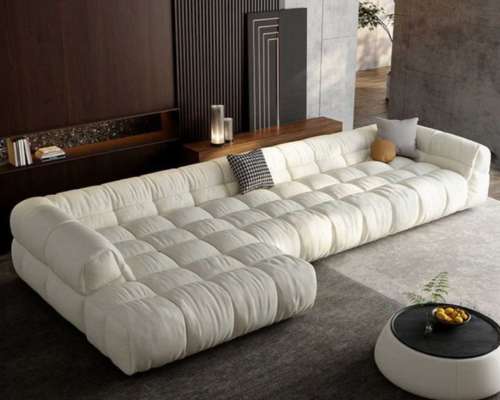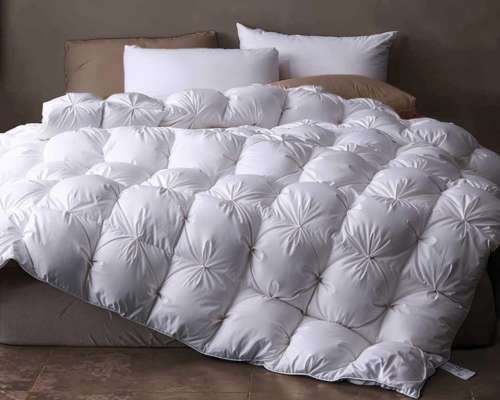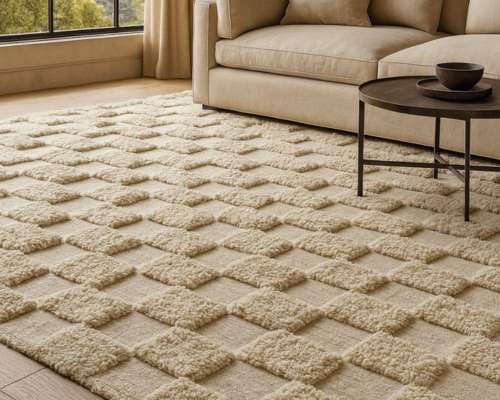5 Ways to Reduce Echo In Your Home
Ever heard yourself back on a microphone and thought - ew?
But wait! Maybe its not the electronics... or you.
When you’re in a meeting working from home, or listening to your favourite tunes, you just want everything to sound natural. Bad acoustics can make you sound unprofessional and ruin a nice listening experience. Although using an expensive studio grade mic can make a big difference, it just can’t fix a bad echo.
Sound waves are reflective and sometimes in the right spot, they meet each other at a peak in the wave and amplify the sound. Alternatively, they could meet at the trough in the wave and do the opposite - sound cancels out.

When sound waves hit a flat surface like a floor, wall or ceiling, they’re likely to be reflected and meet each other at unflattering spots - peaks and troughs in the wave pattern. Our goal to solve bad acoustics then is to stagger the sound waves, so they don’t meet each other at peaks and troughs.
There’s lots of ways to get this done, and many different things can help!
THE SILVER LINING
We have good news! There are some great ways to reduce the echo in your home office, and if you’re lucky, it’ll even make the aesthetics better, too. Please note, while none of these individual solutions are a one-way ticket to sound heaven, when applied together, it can make a big difference in your home.
1. Carpets & Rugs
You’d be surprised how much covering the floors can help. Floors span the entire home, and so it is one the biggest culprits to having sound bounce back in unflattering ways. It's also an easy fix - putting a rug near the source of sound can significantly dampen sound.
In fact, according to acoustical consultants: “The installation of carpet or similar types of floor covering is the only method available for eliminating excessive noise generated by floor impacts. Carpeted floors can result in a reduction in noise of over 20 decibels.”
Choosing a beautiful Moroccan Rug like this one

2. Curtains
Science 101: Sound is transmitted through the air. In the presence of a vacuum (no air), no sound will be heard!
Have you ever touched a speaker driver while it’s playing? Think to when you’ve seen speakers moving back and forth while playing some heavy bass. Essentially, these speakers are making sound by pushing air. They forcefully move the driver back and forth in a specific frequency to create sound waves in the air.

When the sound wave (or movement of air) hits another material, it causes energy to transfer to that material, which then creates sound on the other side of the material, depending on how much energy was allowed to transfer. But what if the material was also suspended, and allowed to transfer the sound energy into “kinetic energy”? In other words, what if the material could “move” or “absorb” the sound with its movements? This is where curtains can be truly amazing.
A thick suspended curtain like these ones have the ability to absorb sound waves by taking the movement and not transferring it uniformly on the other side. The key here is suspension, so for example, a sliding wall door would do quite poorly, while a curtain would perform much better.

Curtains can look incredible and are high quality ones are the mark of a well designed home. And if they help with the acoustics of your space, thats a big plus!
3. Sound Absorbing Acoustic Panels
You don’t need to add some red triangular foam that looks like an arts and crafts project for teenagers to achieve good sound. There are many alternatives that double as art, like these wood slat wall panels!
Most of the time, you don’t want to compromise on style and functionality. Backed by PET felt, these panels boast an NRC of at least 0.45.

Alternatively, you can opt for these leather covered wall panels that are filled with polyurethane foam - the same material as common ear plugs! The benefit of these products are that they’re super lightweight and extremely easy to install (just use a strong adhesive!)

4. Bookshelves
Adding a bookcase can add personality and style to a room, while improving acoustics at the same time. Particularly if the bookcase is filled with books. ;)

The varied surfaces will provide different directions for the sound waves to reflect and will provide a reduced echo effect. In addition, bookcases should also provide excellent sound dampening through walls, as there is significant material that the sound waves have to travel through.
Plus… you’ll look super smart!
5. Accent Furniture
The more surfaces that sound has to the reflect off, the better. This is where accent furniture can really help out, providing areas for the sound to be absorbed or reflect better. Soft fabrics and leathers will absorb more sound. Accent chairs like the one below are incredible to relax in, but also have the added benefit of improving the acoustics in your room. Although this won’t be a game-changing solution, it will certainly help.

Conclusion
When choosing things that can help the acoustics in your room, we’re here to provide solutions that will do the job well, but also look amazing at the same time.
We refuse to compromise style with functionality. The peak of interior design is a perfect marriage between design and functionality.














